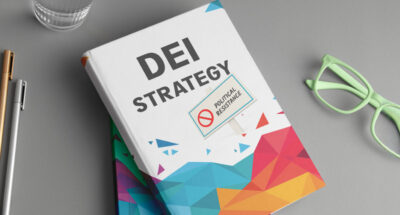
Communication: let’s be clear, we should cut out the clichés
The soulless language of management speak leads to uninspired and disengaged teams. Here’s how to sharpen your language skills to become a more effective leader....
Audio available
Published March 20, 2025

Time's up

Professor of Leadership and Organizational Change at IMD
Michael D Watkins is Professor of Leadership and Organizational Change at IMD, and author of The First 90 Days, Master Your Next Move, Predictable Surprises, and 12 other books on leadership and negotiation. His book, The Six Disciplines of Strategic Thinking, explores how executives can learn to think strategically and lead their organizations into the future. A Thinkers 50-ranked management influencer and recognized expert in his field, his work features in HBR Guides and HBR’s 10 Must Reads on leadership, teams, strategic initiatives, and new managers. Over the past 20 years, he has used his First 90 Days® methodology to help leaders make successful transitions, both in his teaching at IMD, INSEAD, and Harvard Business School, where he gained his PhD in decision sciences, as well as through his private consultancy practice Genesis Advisers. At IMD, he directs the First 90 Days open program for leaders taking on challenging new roles and co-directs the Transition to Business Leadership (TBL) executive program for future enterprise leaders, as well as the Program for Executive Development.

May 5, 2025 • by Peter J. Meyers in Team building
The soulless language of management speak leads to uninspired and disengaged teams. Here’s how to sharpen your language skills to become a more effective leader....
 Audio available
Audio available
April 29, 2025 • by Michael D. Watkins in Team building
Use this diagnostic tool and roadmap to rebuild trust and confidence within dysfunctional teams – the first crucial steps toward a future of high performance....
 Audio available
Audio available
April 9, 2025 • by Luca Condosta in Team building
As corporate America adjusts to a shifting political environment under President Donald Trump, companies must rethink their approach to DEI. ...

April 3, 2025 • by Ben Bryant in Team building
To waltz smoothly through office life, we need to balance vulnerability and honest feedback. And it’s perfectly fine to step on someone’s toes occasionally....
 Audio available
Audio available